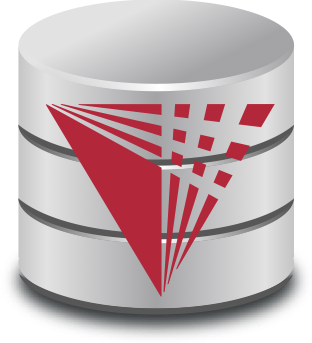IIT Database Group

Provenance For Transactional Updates
Authors
Materials
Abstract
Database provenance explains how results are derived by queries. However, many use cases such as auditing and debugging of transactions require understanding of how the current state of a database was derived by a transactional history. We introduce an approach for capturing the provenance of transactions. Our approach does not just work for serializable transactions but also non-serializable transaction such as read committed snapshot isolation (RC-SI). The main drivers of our approach are a provenance model for queries, updates, and transactions and reenactment, a novel technique for retroactively capturing the provenance of tuple versions. We introduce the MV-semirings provenance model for updates and transactions as an extension of the existing semiring provenance model for queries. Our reenactment technique exploits the time travel and audit logging capabilities of modern DBMS to replay parts of a transactional history using queries. Importantly, our technique requires no changes to the transactional workload or underlying DBMS and results in only moderate runtime overhead for transactions. Furthermore, we discuss how our MV-semirings model and reenactment approach can be used to serve a wide variety of applications and use cases including answering of historical what-if queries which determine the effect of hypothetical changes to past operations of a business, post- mortem debugging of transactions, and Provenance-aware Versioned Dataworkspaces (PVDs). We have implemented our approach on top of a commercial DBMS and our experiments confirm that by applying novel optimizations we can efficiently capture provenance for complex transactions over large data sets.
bibtex
@phdthesis{A19,
author = {Arab, Bahareh},
keywords = {Provenance; GProM; Reenactment},
pdfurl = {http://cs.iit.edu/%7edbgroup/assets/pdfpubls/A19.pdf},
projects = {GProM},
school = {Illinois Institue of Technology},
title = {{Provenance For Transactional Updates}},
venueshort = {PhD Thesis},
year = {2019}
}
